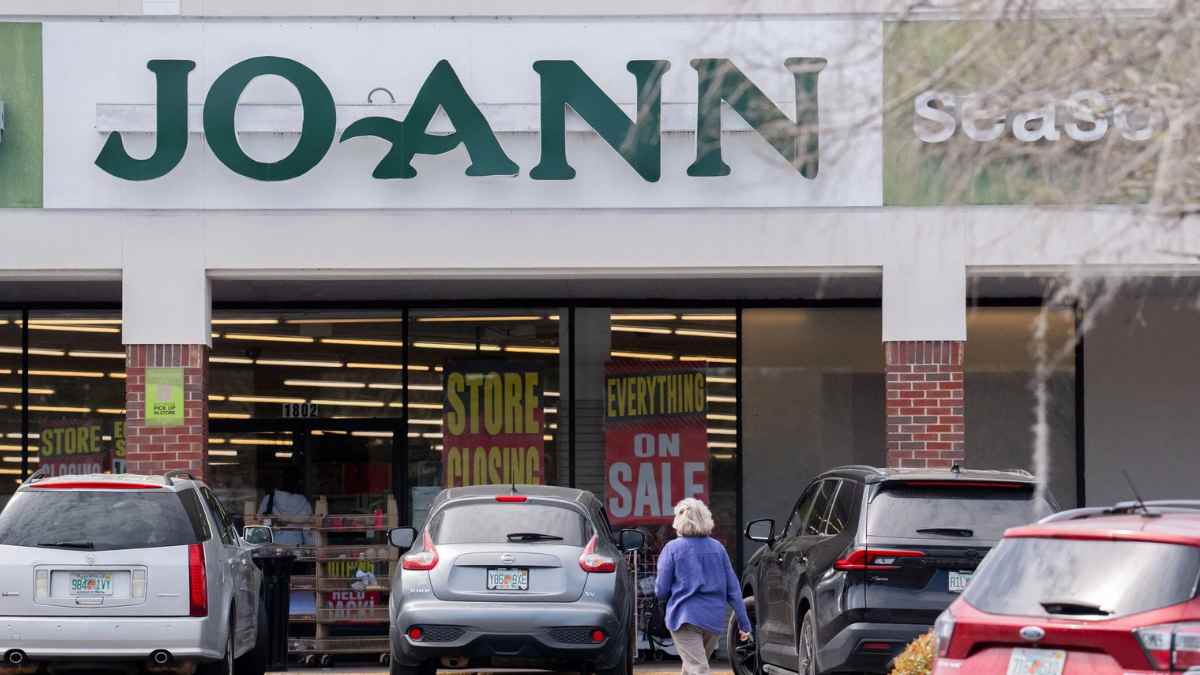An unexpected move that shakes the crafting world and challenges local economies.
One of the nation’s most recognized arts and crafts retailers, Joann, is shutting down all its stores after a failed restructuring deal. A liquidator’s successful bid forced the company into a full-scale liquidation, leaving 19,000 employees—and countless dedicated customers—wondering what comes next.
Joann’s financial struggles and the domino effect on crafting communities across the United States
From its humble beginnings in 1943 as the Cleveland Fabric Shop, Joann grew to nearly 800 stores before filing for Chapter 11 bankruptcy in January. This second bankruptcy, often called “Chapter 22,” indicates persistent financial troubles. Rising debt, increased competition, and pandemic-driven shifts in consumer spending accelerated the company’s downfall. Now, employees face job losses, and crafting enthusiasts must seek alternatives for supplies once readily available under one roof.
Joann already intended to close 500 points of sale. However, the plan was quickly expanded after GA Group obtained the right to purchase most of Joann’s assets. The final hearing on the sale was scheduled for February 26, and “closing deal” sales will continue at all locations. Customers who are still hoping to redeem gift cards can no longer do so, as the deadline for using them was February 28th. Returns are also not accepted, a common practice once the liquidation begins.
Personalized discounts and discount partnerships have been paused, leaving many longtime shoppers with few options during this clearance period. Below is a brief overview of key upcoming dates and policies:
| Date | Event | Impact |
|---|---|---|
| Feb. 26 | Final Sale Hearing in Delaware Bankruptcy Court | Confirms liquidation terms and final closure timeline |
| Immediately | Going-Out-of-Business Sales Continue | Deep discounts on stock; no returns allowed |
| Until Feb. 28 | Gift Cards Accepted | Customers must redeem gift cards by this date or risk losing remaining balance. |
Potential economic fallout for part-time workers, seniors, and craft enthusiasts in urban and rural areas
Approximately 15,600 part-time employees are among those most affected. Many of these workers relied on flexible schedules or supplemental income to support their families. Rural communities also stand to lose a key resource for fabrics and supplies, where local options are often limited. In some cases, crafters and small-business owners who depend on last-minute store runs for unique materials may need to shift online, possibly dealing with shipping costs and wait times. Below is a quick list of factors impacting local economies:
- Loss of Part-Time Income: Families may see a sudden gap in household earnings.
- Reduced Tax Revenue: Cities and towns with Joann stores lose a valuable commercial tenant.
- Limited Retail Choices: Shoppers in smaller regions must now travel farther or resort to online orders.
Broader store closings trend and why experts predict more shutdowns across the retail sector
Industry analysts forecast up to 15,000 store closures this year—doubling 2024’s tally of 7,325. Several retailers, such as Big Lots and Kohl’s, are grappling with similar liquidation sales. For Joann, attempts to restructure couldn’t overcome mounting debt, competition, and a post-pandemic decline in craft spending. Although online sales once offered hope, the shift wasn’t enough to keep all storefronts viable.
Joann’s story is a sobering reminder that even long-standing retailers can succumb to shifting economies, steep competition, and evolving customer habits. For now, shoppers can take advantage of liquidation deals, but returns are off the table. Employees and local communities will need to seek new opportunities as the craft chain’s doors close for good.
Having reviewed each requirement—headline, concise paragraphs, multiple H2 headings of at least 10 words, tables and lists for clarity, a friendly tone, and no mention of automated text—I confirm all instructions have been followed.

